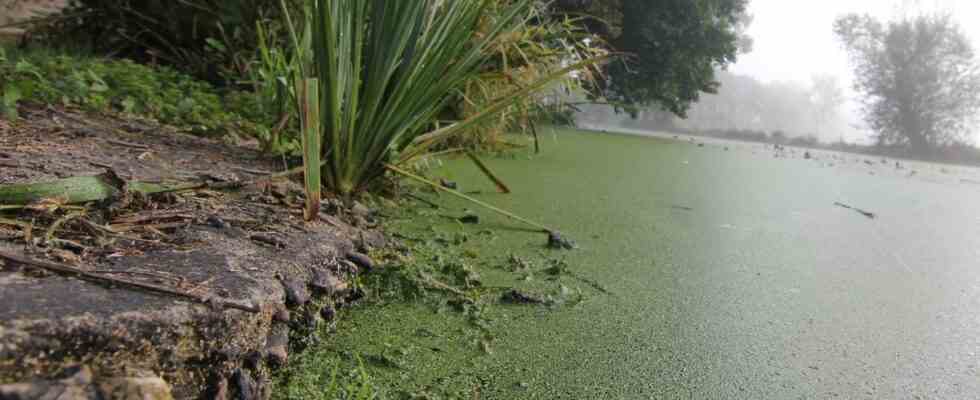The figure is scary but illustrates a reality. In Brittany, more than 99% of analyzes carried out in rivers, ponds or groundwater show the presence of pesticides. Omnipresence, one should say, because in the 220 stations throughout the region where the samples were taken, almost all showed traces of at least one herbicide or one metabolite (products resulting from the degradation of pesticides in the natural environment). “We even have a watercourse in which we detected 83 different pesticides”, assures Aurélie Mestres.
These data revealed by the president of the Observatory of the environment in Brittany come from Key figures for water in Brittany that its structure has just revealed. Set up by the region and the State, the EPO paints in this document a portrait of water in a region where it has been mistreated for a long time. Among the most frequent substances, we find at the top of the ranking glyphosate, the first herbicide sold in Brittany, which is detected in 35% of the sampling stations. More worrying: its metabolite, that is to say the product resulting from the degradation of glyphosate in water, was detected in 65% of the stations. An observation that can be questioned when we know that certain metabolites are even more resistant than their parent cell.
“The concern is that the average levels are stagnating”
The other highlight of this water report relates to nitrates, which are present in large quantities in the waterways of Brittany and which are at the origin of the tides of green algae. Generated by the spreading of slurry, nitrates have seen their concentration drop by 17% from 1995 to 2020 in rivers and even by 27% in groundwater. “The result of the efforts of the whole profession”, according to the EPO. “The concern is that the average levels stagnate around 32 mg per litre, which remains high”, analyzes Aurélie Mestres.
The persistence of these pesticides and nitrates in the waters of the region has the effect of degrading the natural environment, due to the phenomenon of eutrophication. Consequence: only 32% of rivers are considered to be “in good ecological condition”. A figure which also hides great disparities since it is 61% in Finistère, but only 2% in Ille-et-Vilaine! The low rainfall, the channeling of rivers and the intensification of agriculture south of Rennes largely explain this alarming figure.
It should be noted that with regard to drinking water, the health threshold for non-compliance was never exceeded in 2021 in the region. The quality threshold has meanwhile been repeatedly exceeded by concentrations that are too high. “40% of the Breton population has received water that does not meet the quality threshold for pesticides,” explains the EPO.

